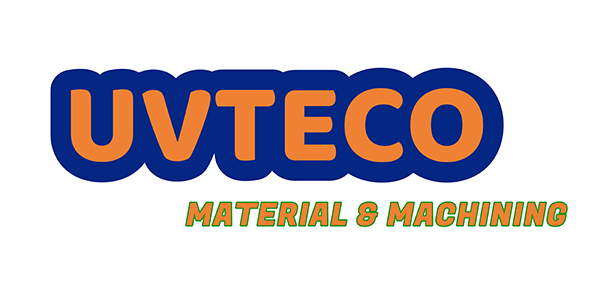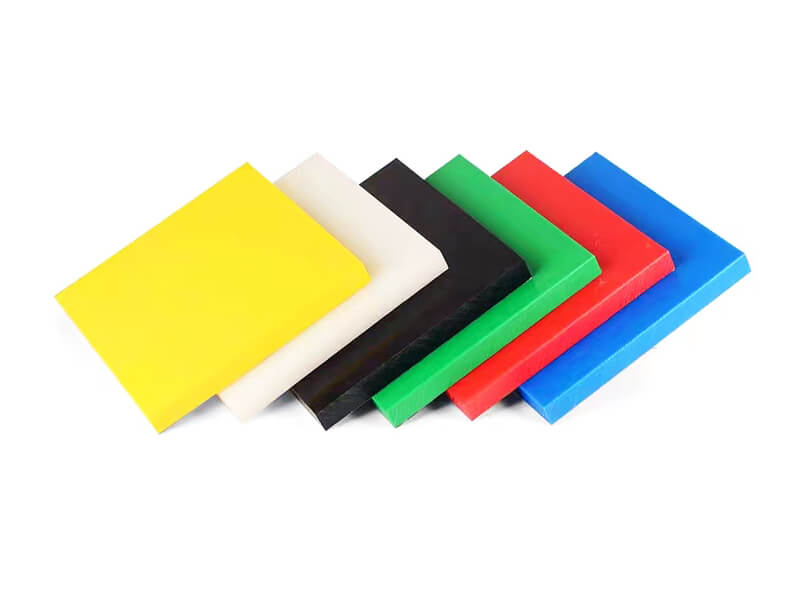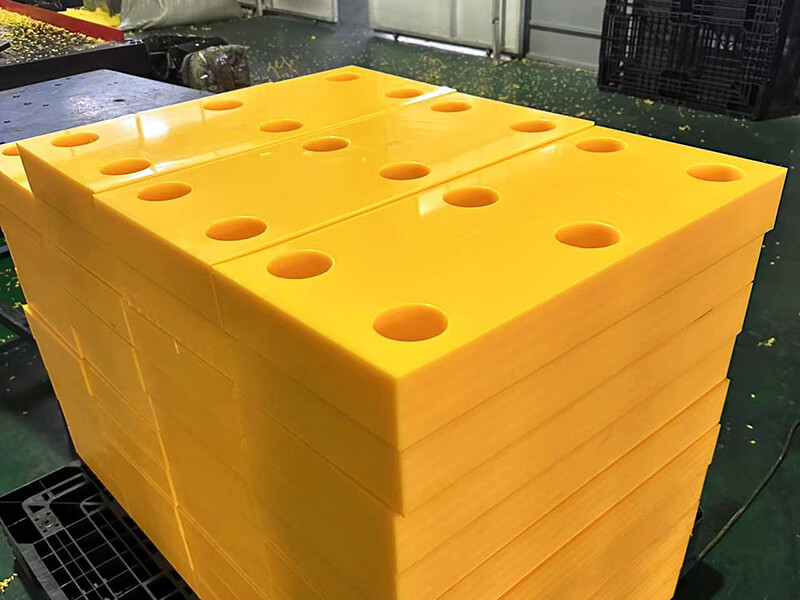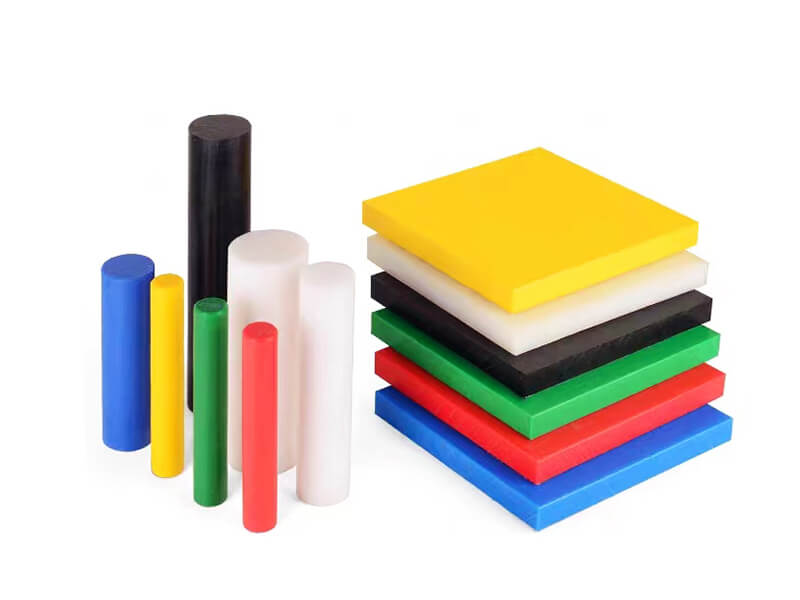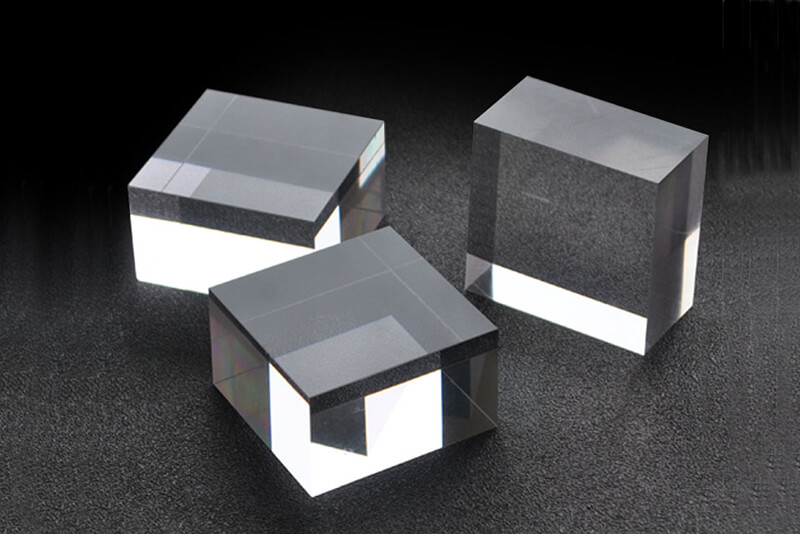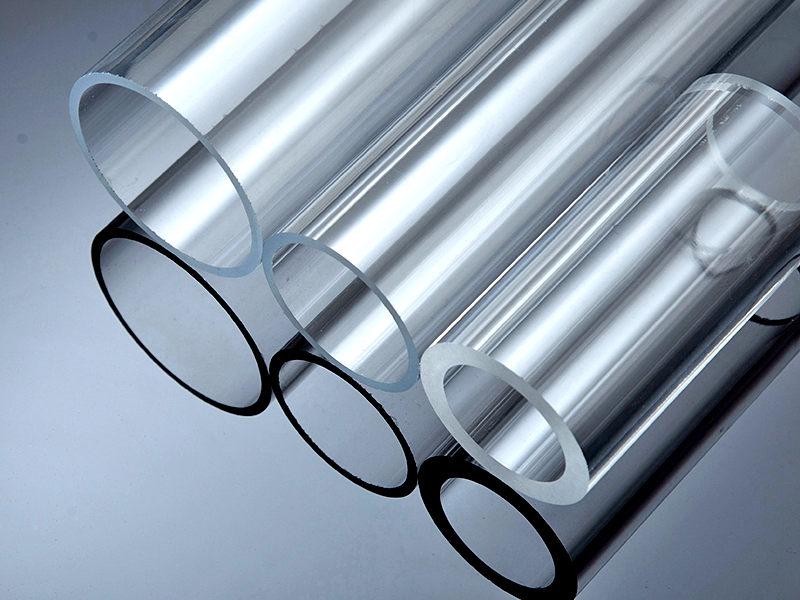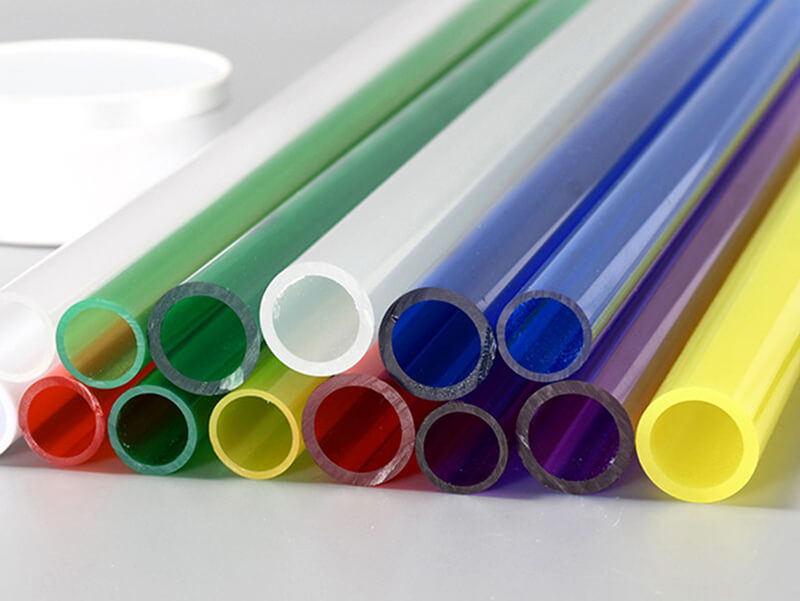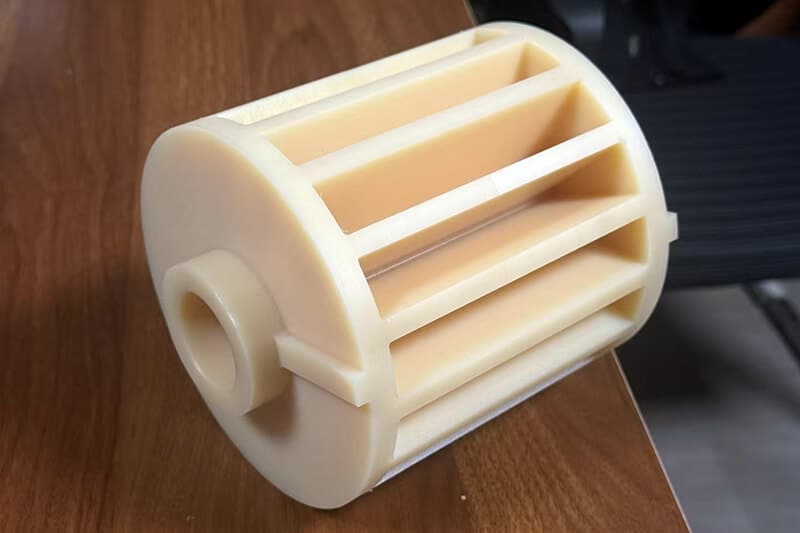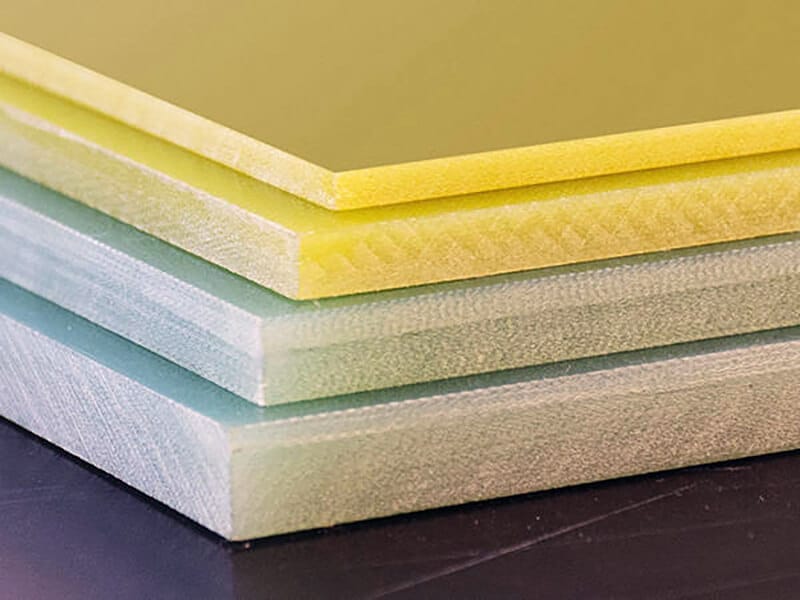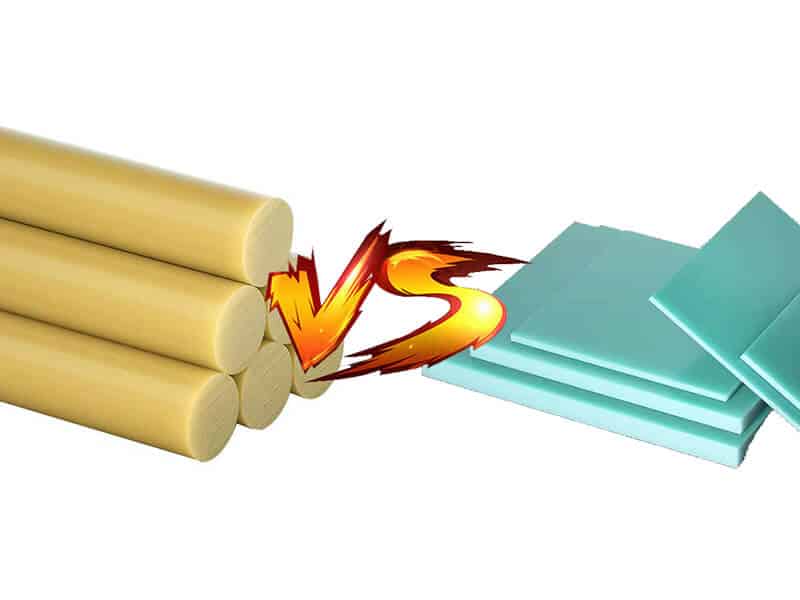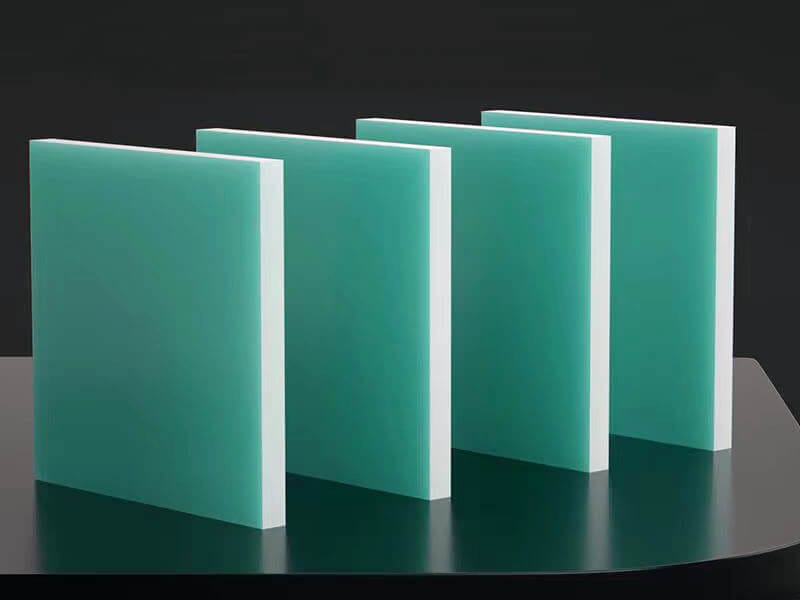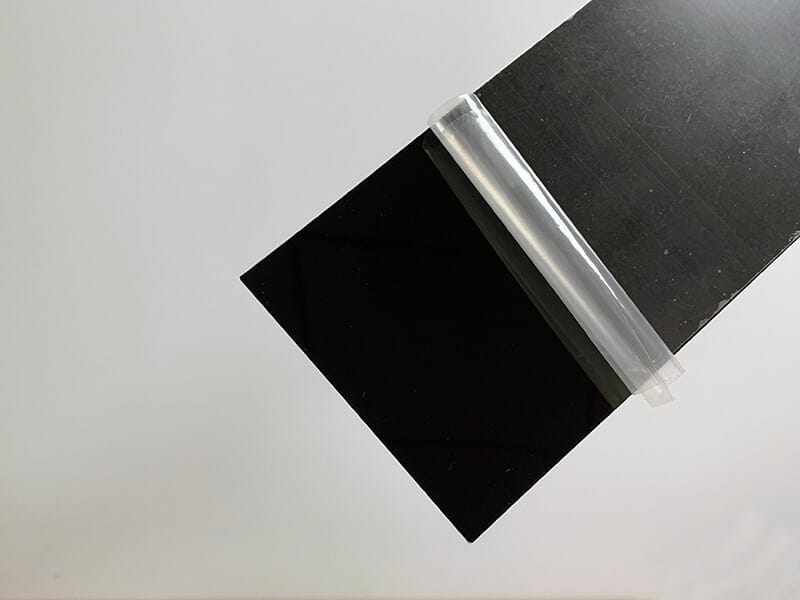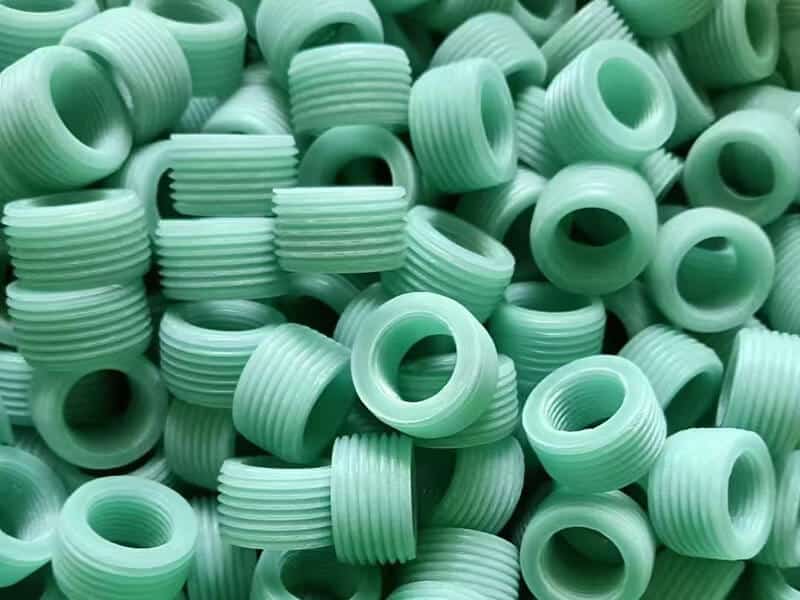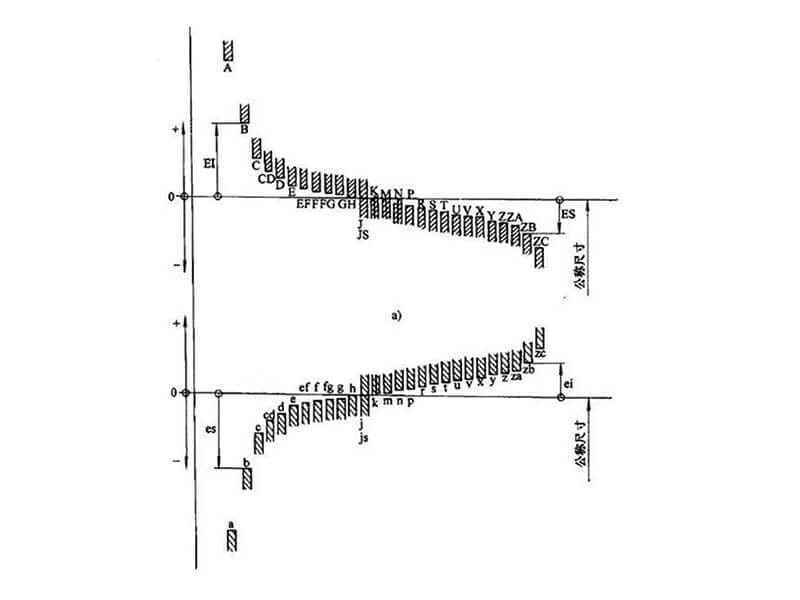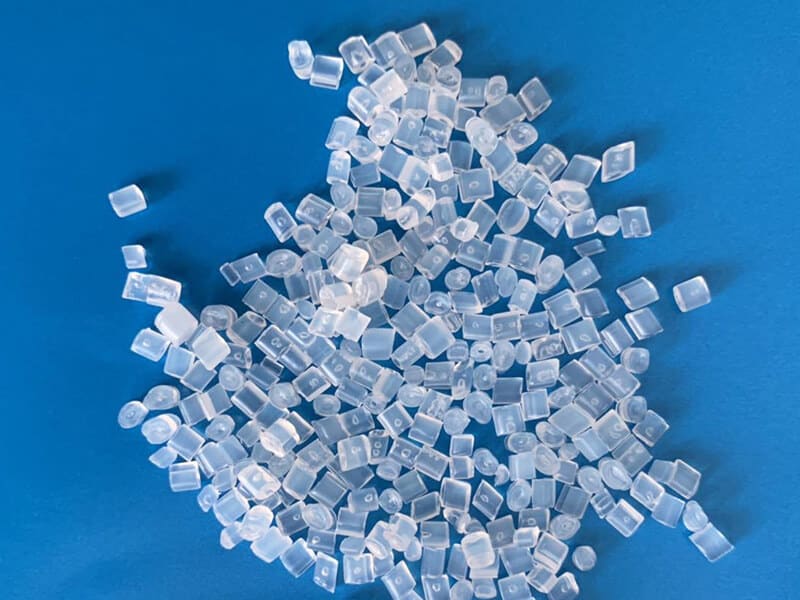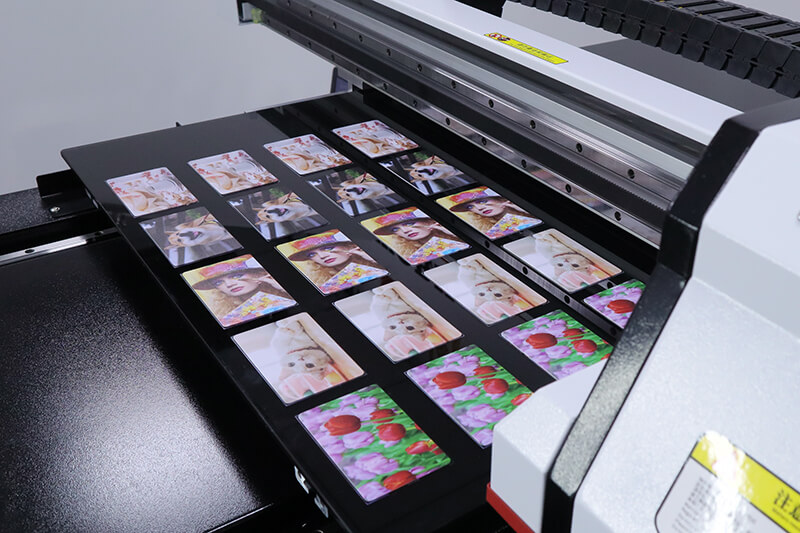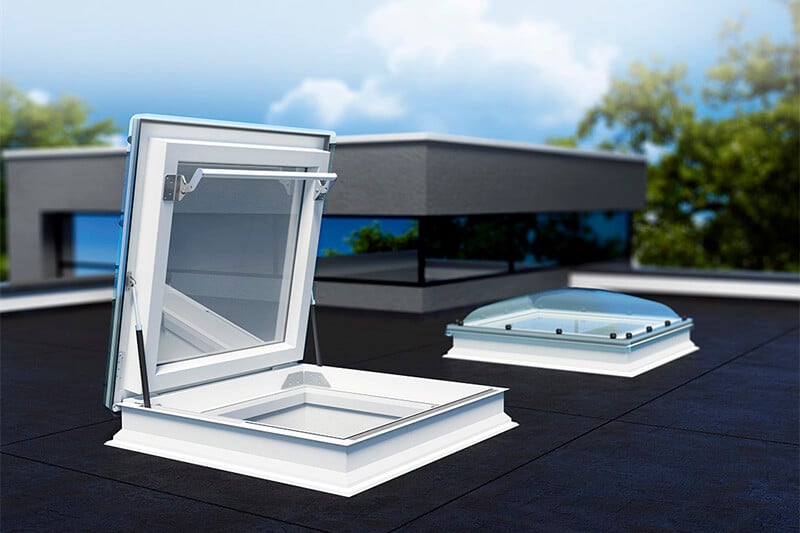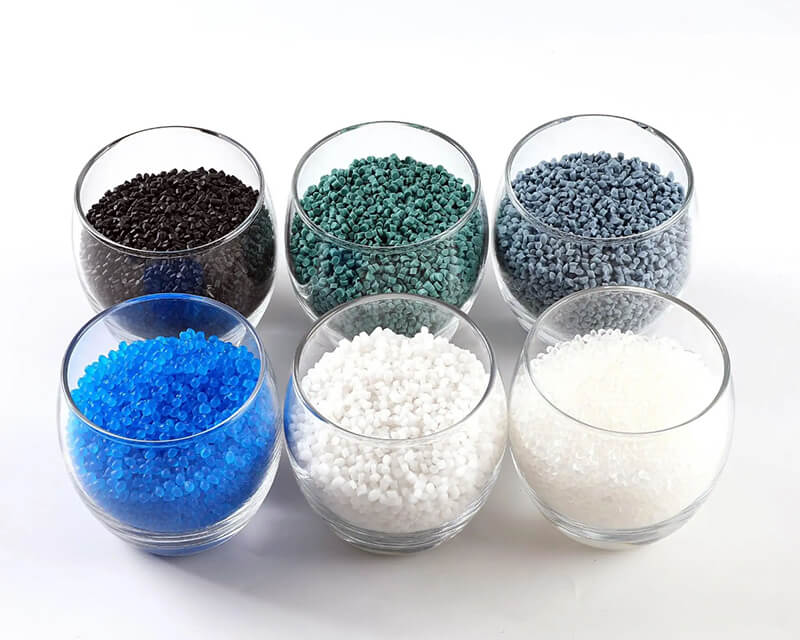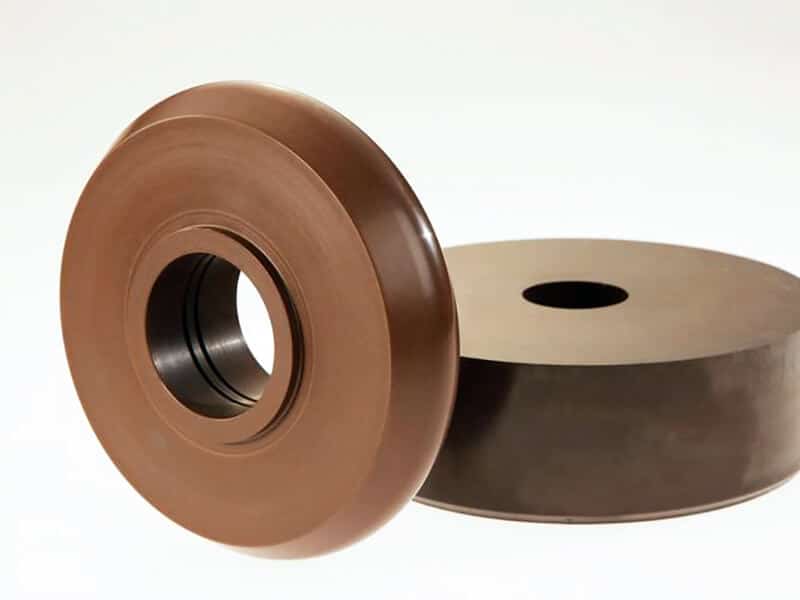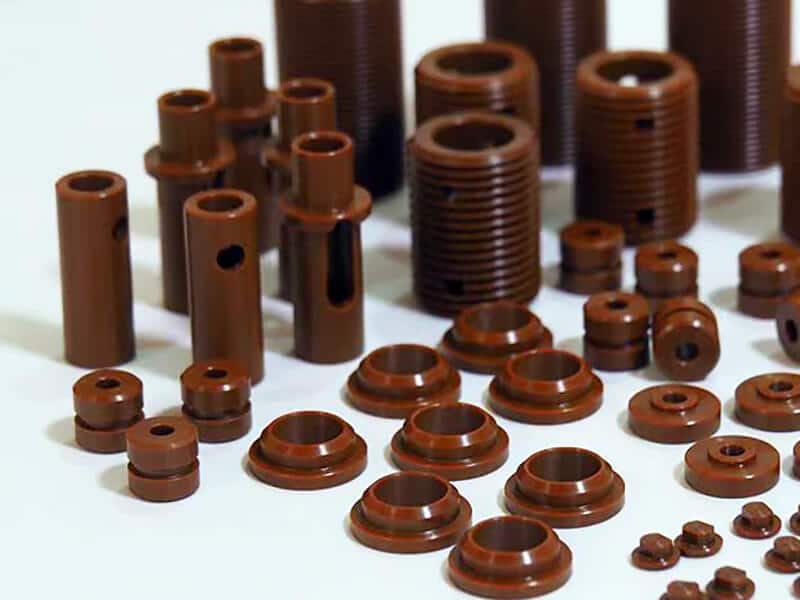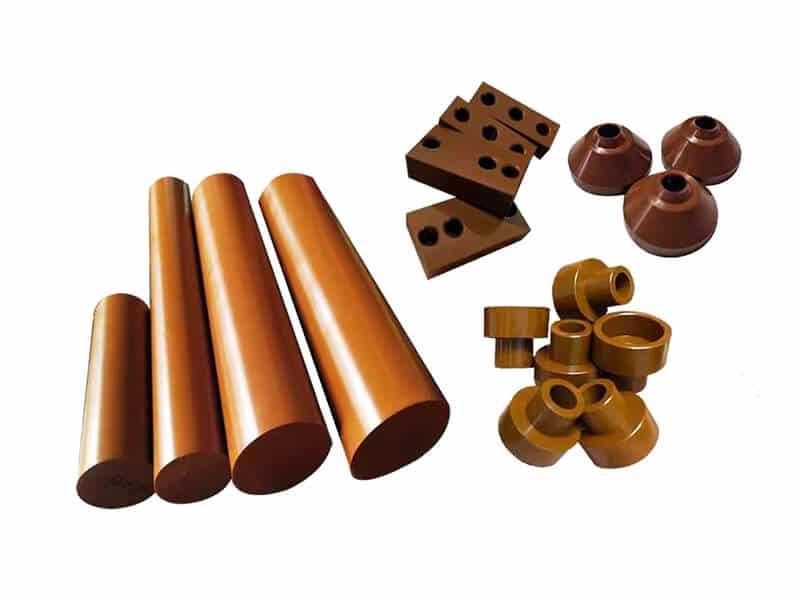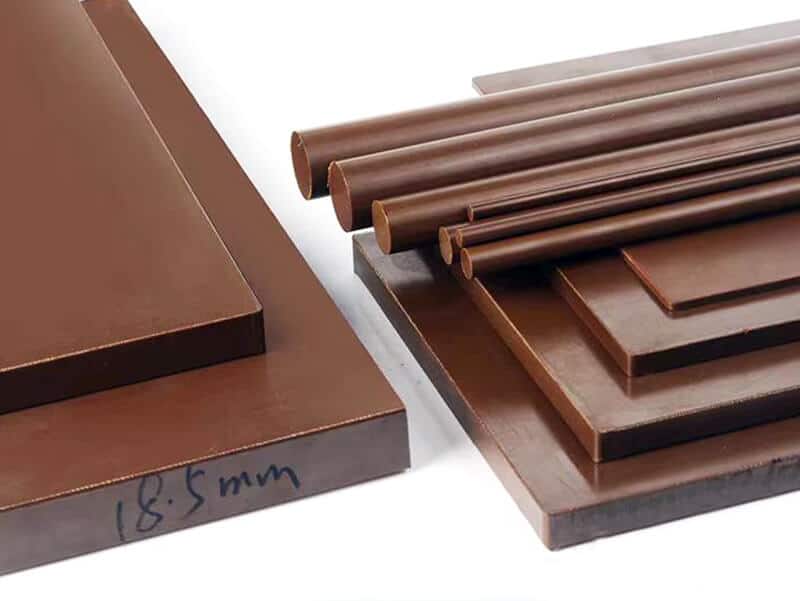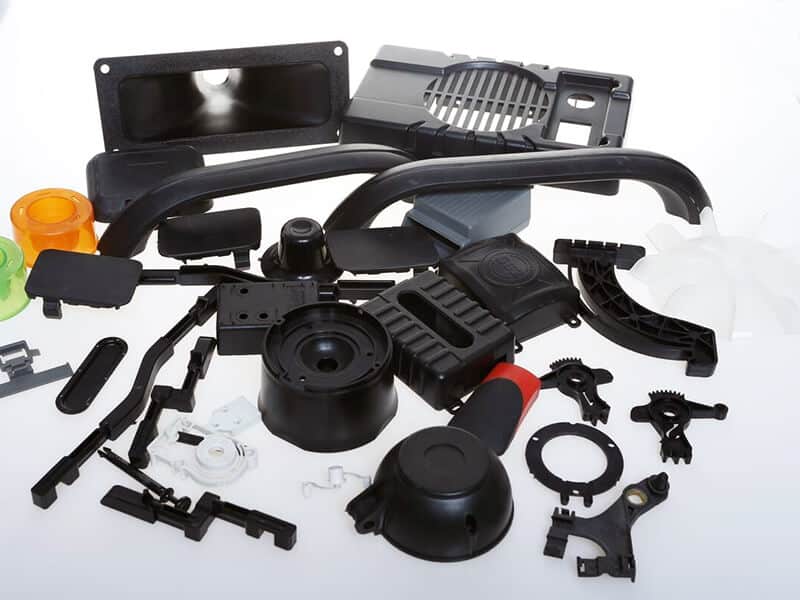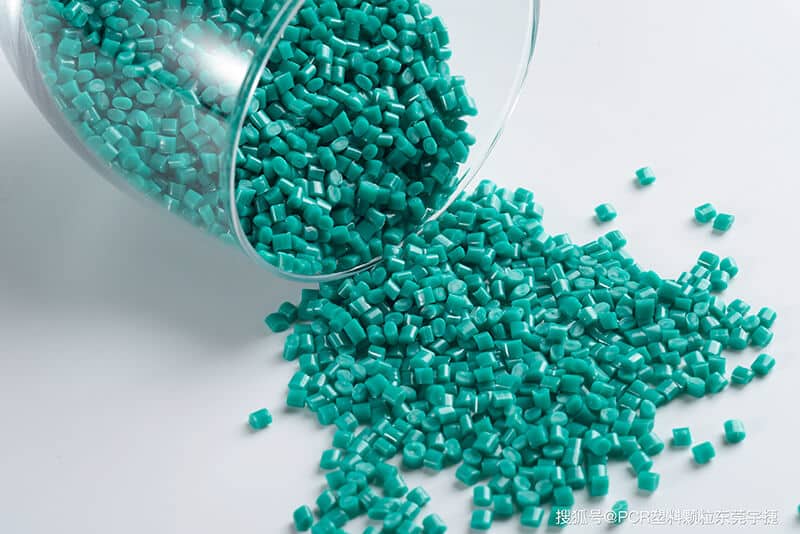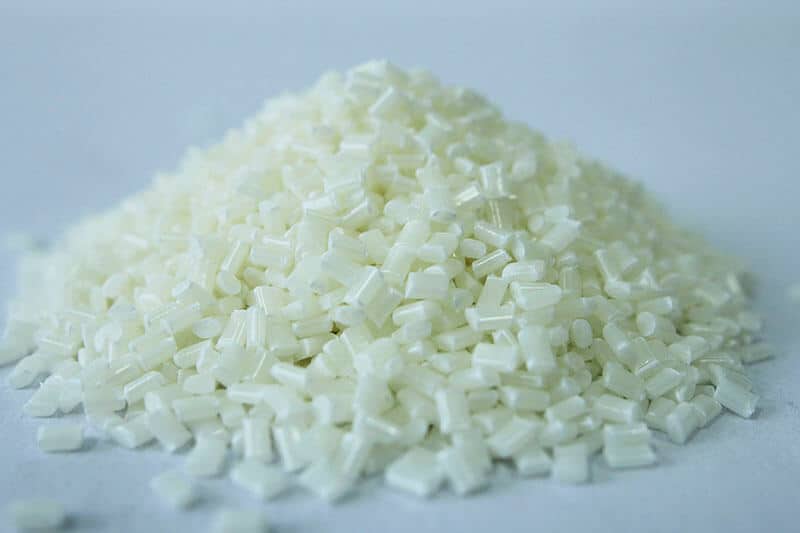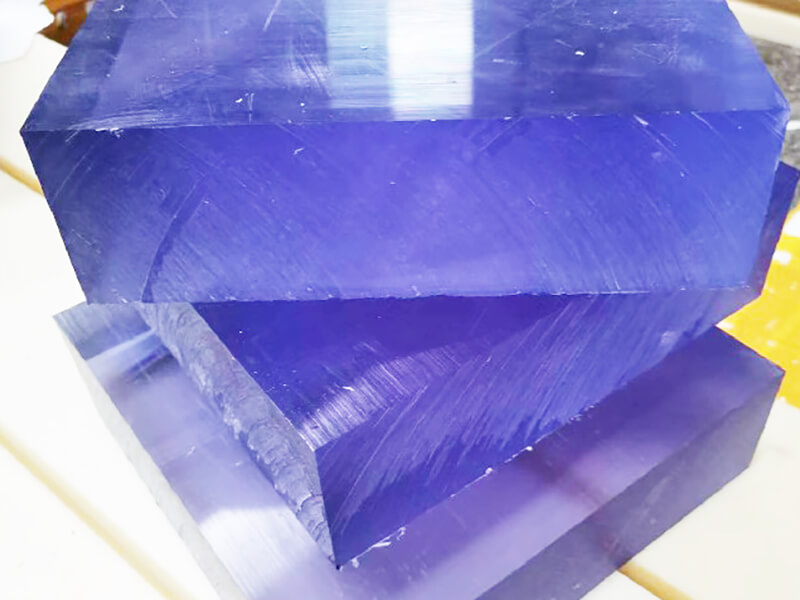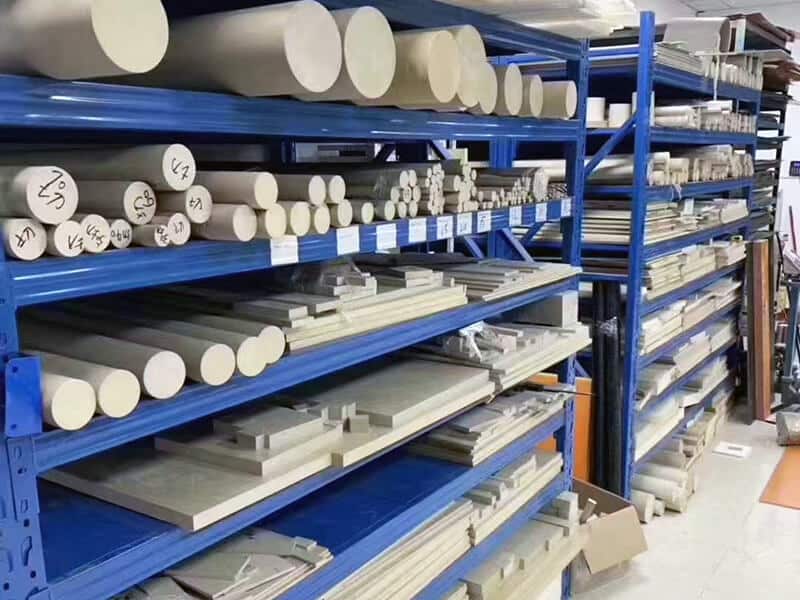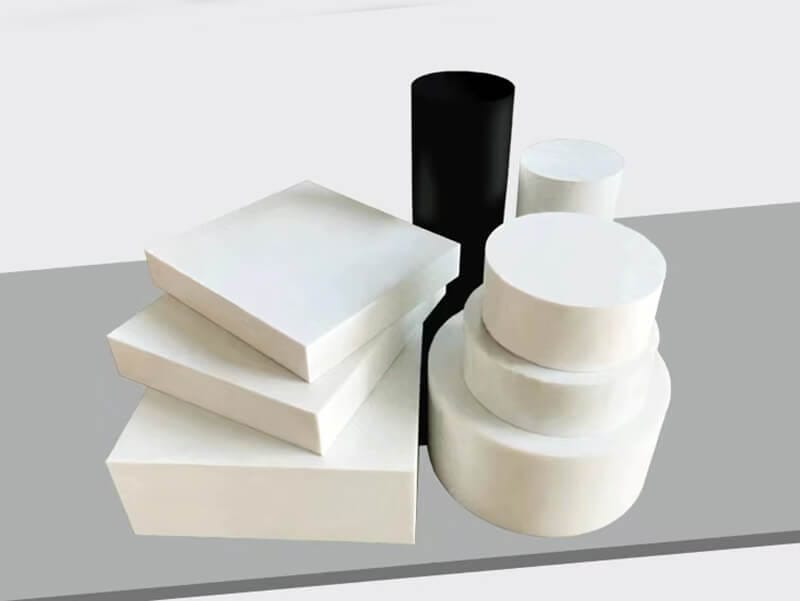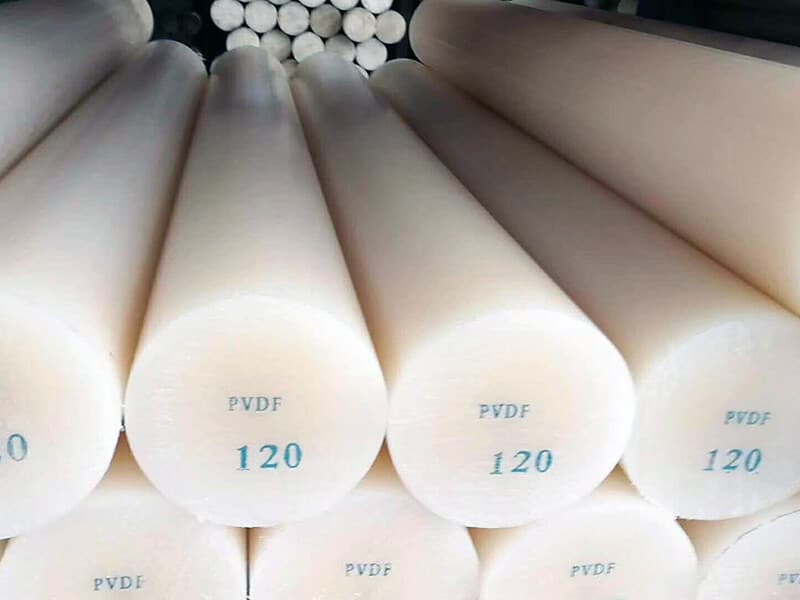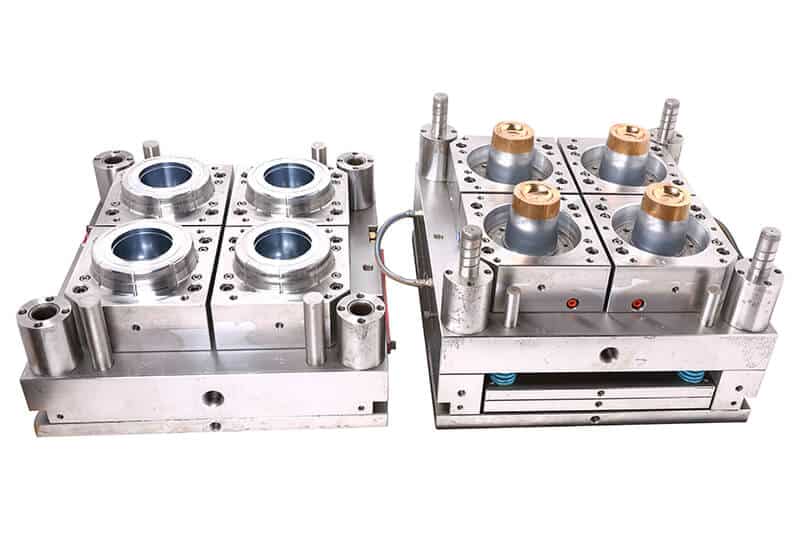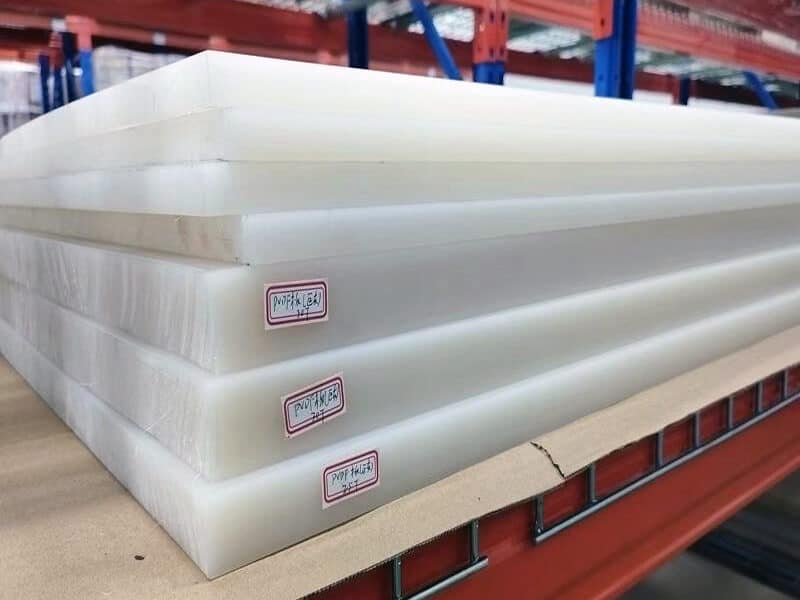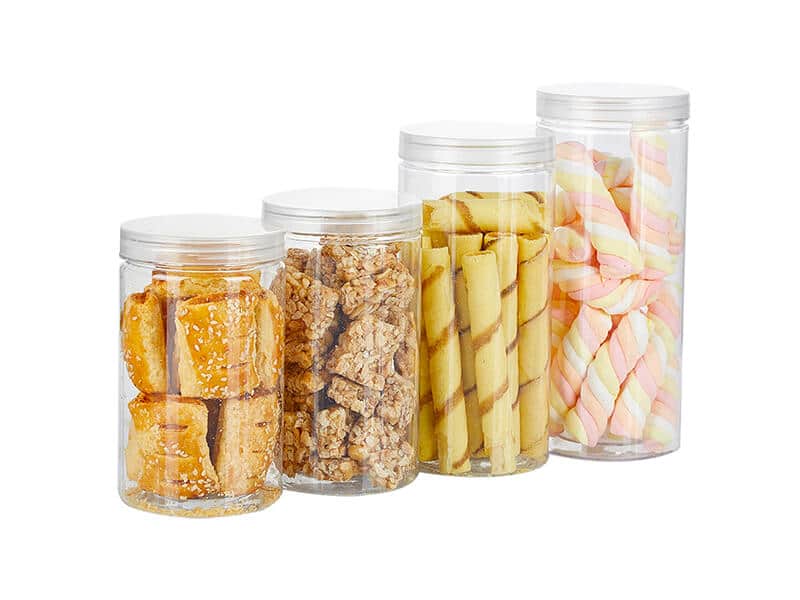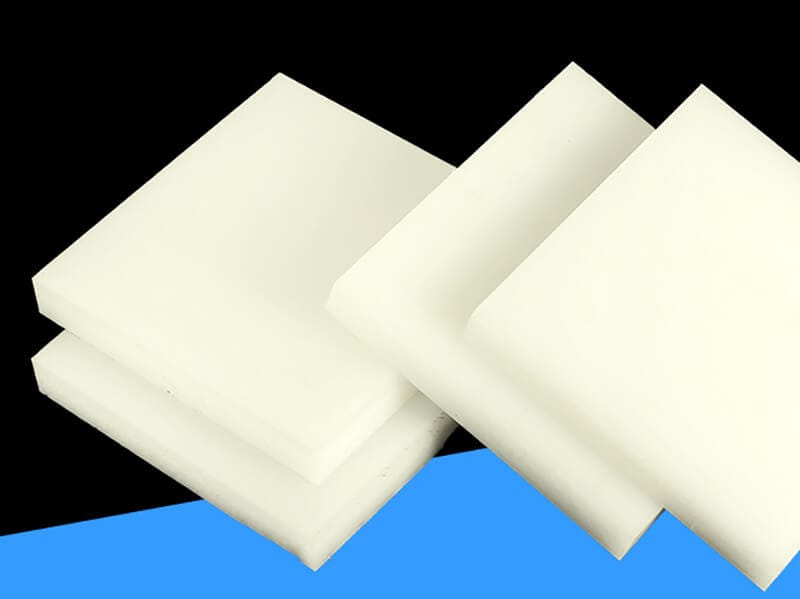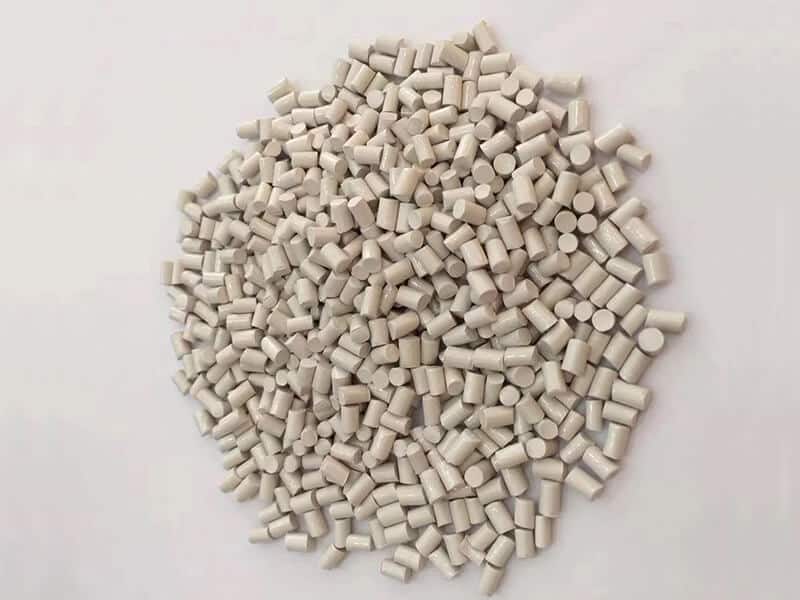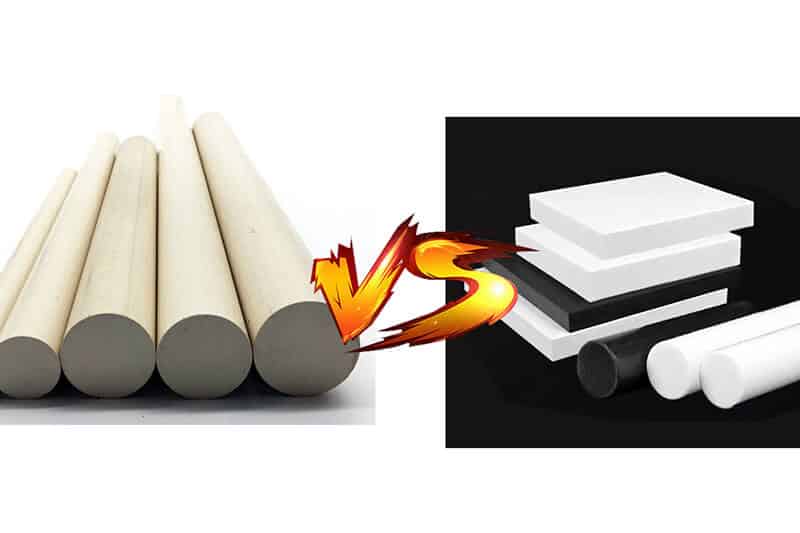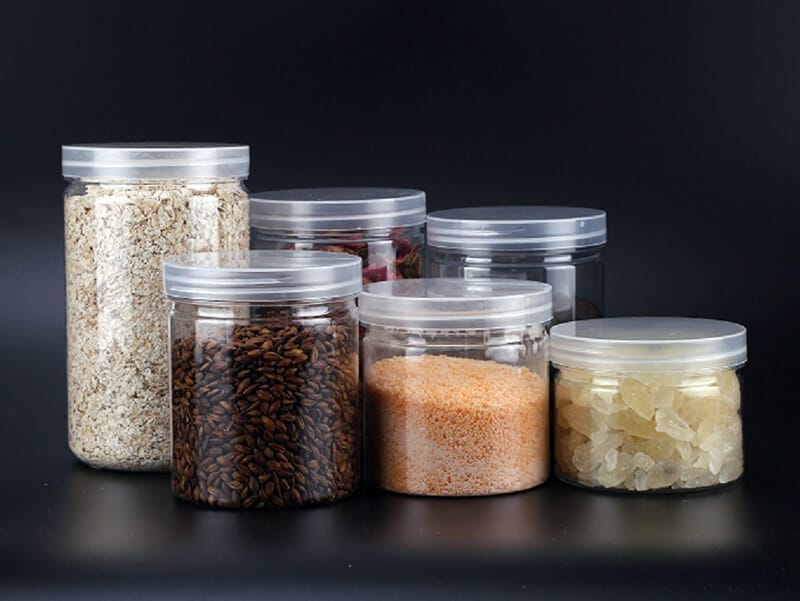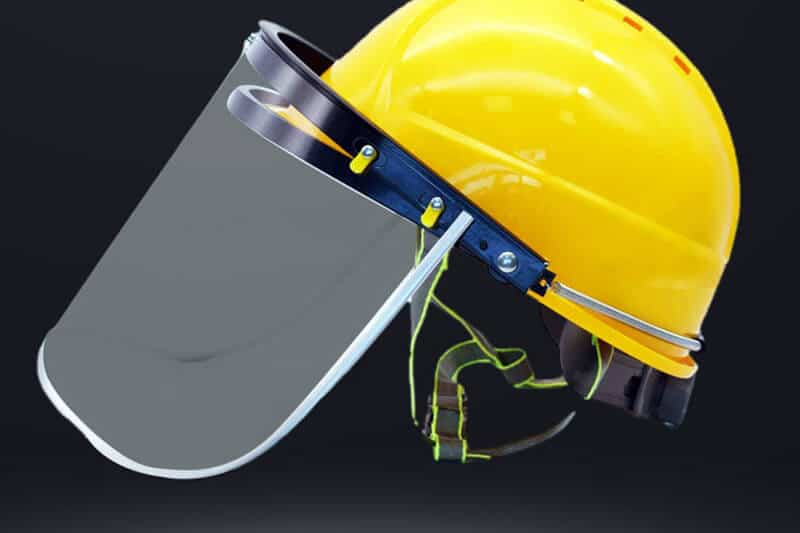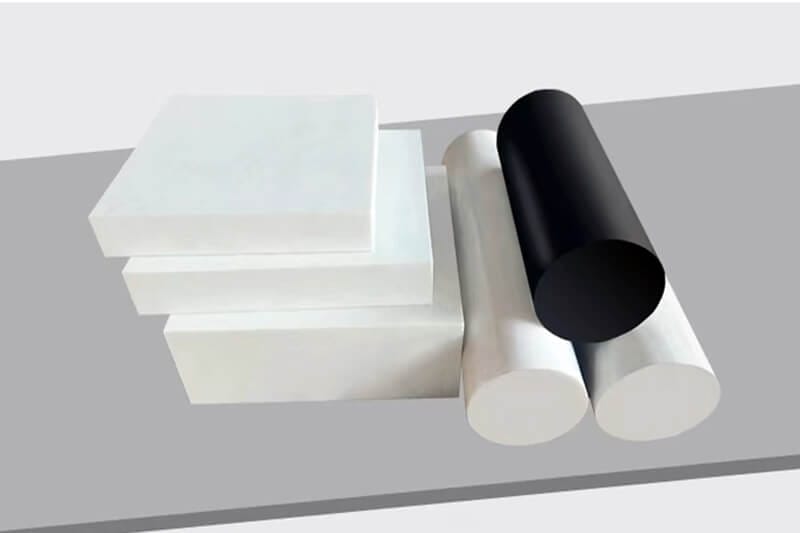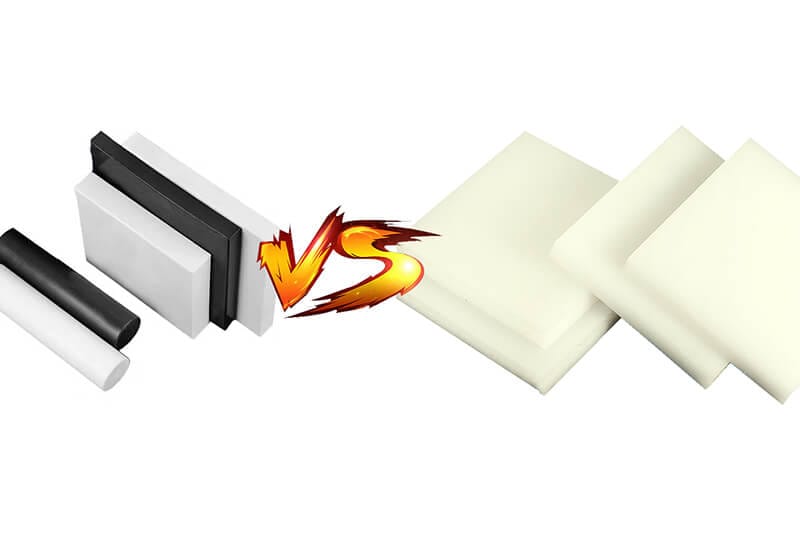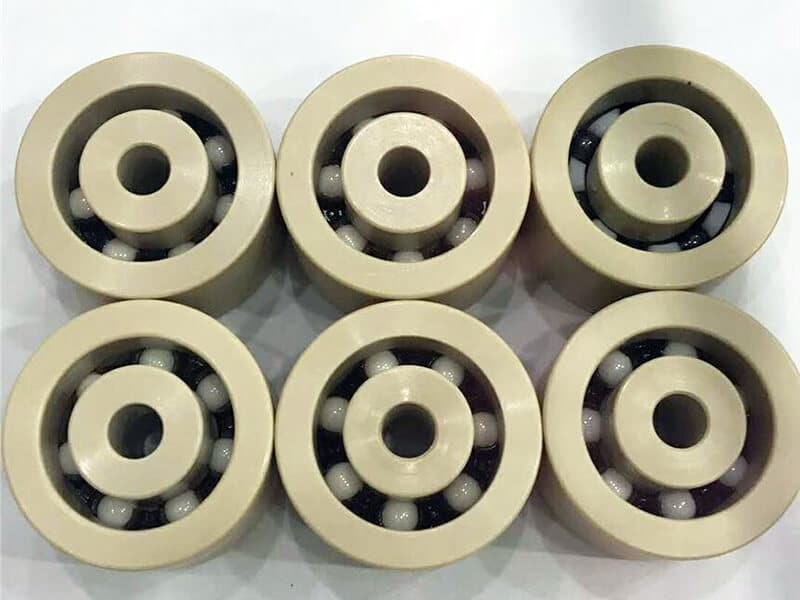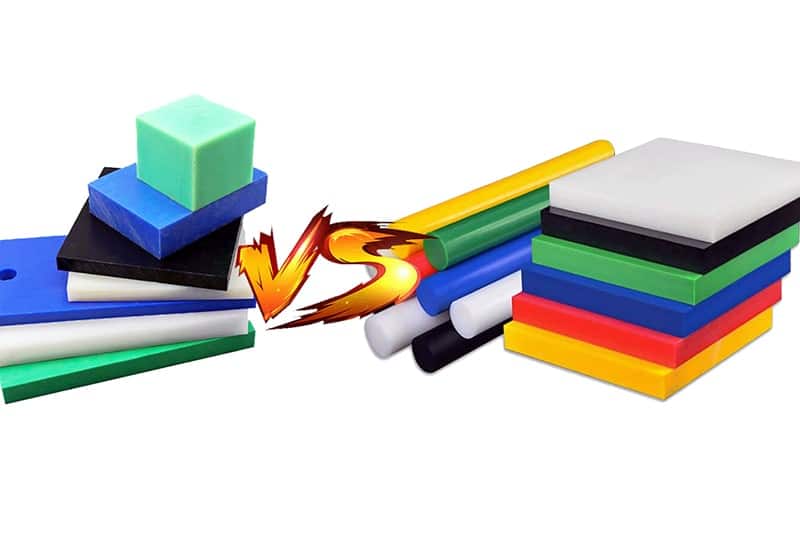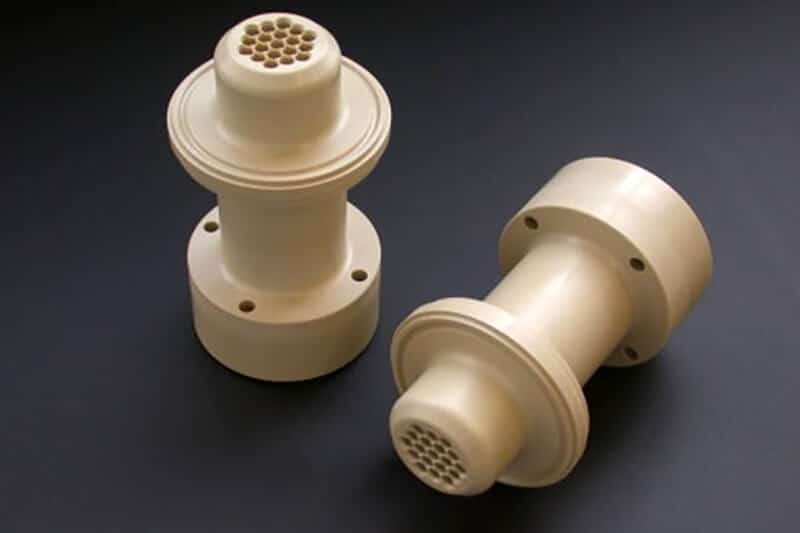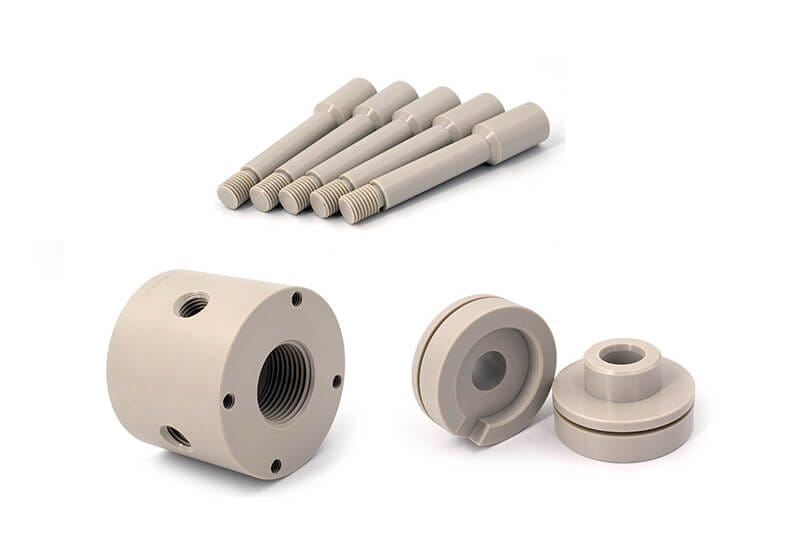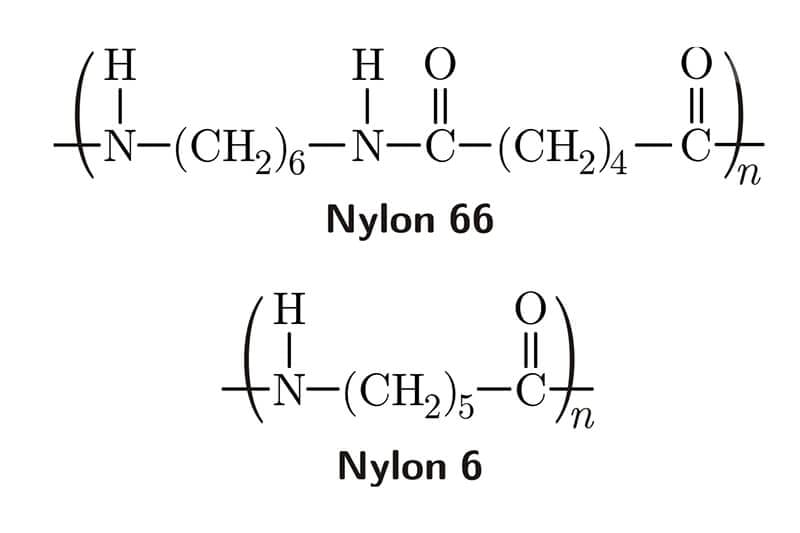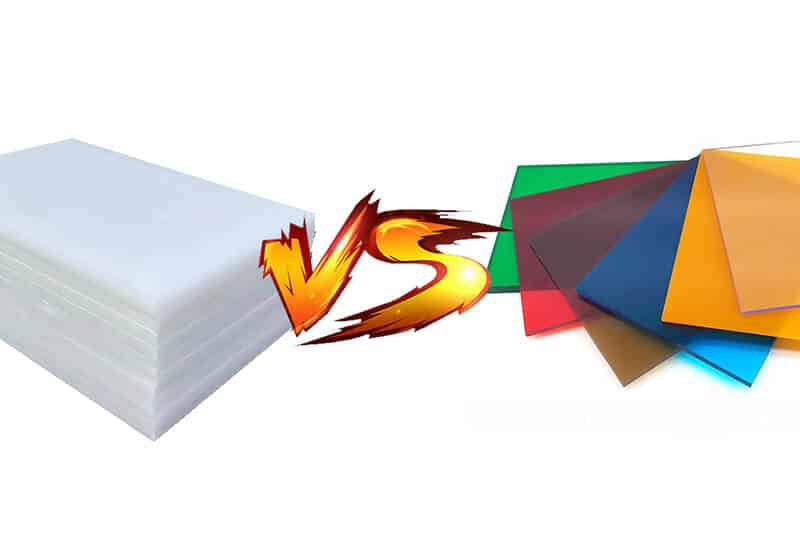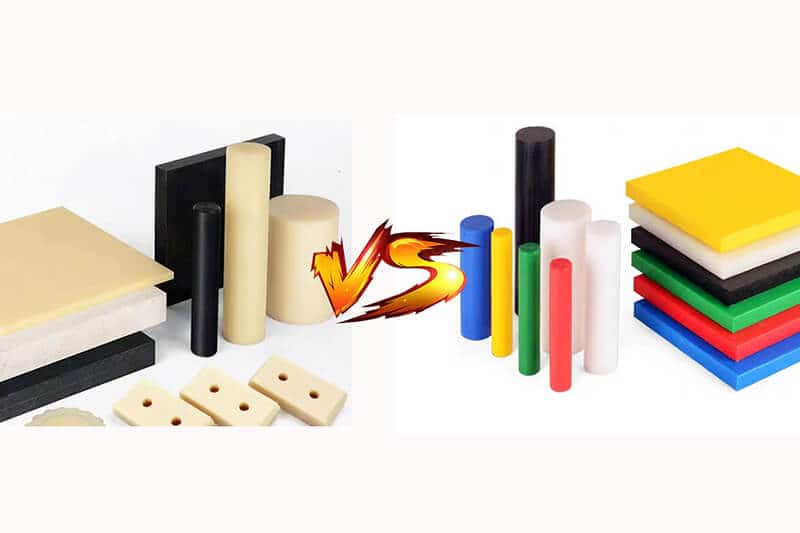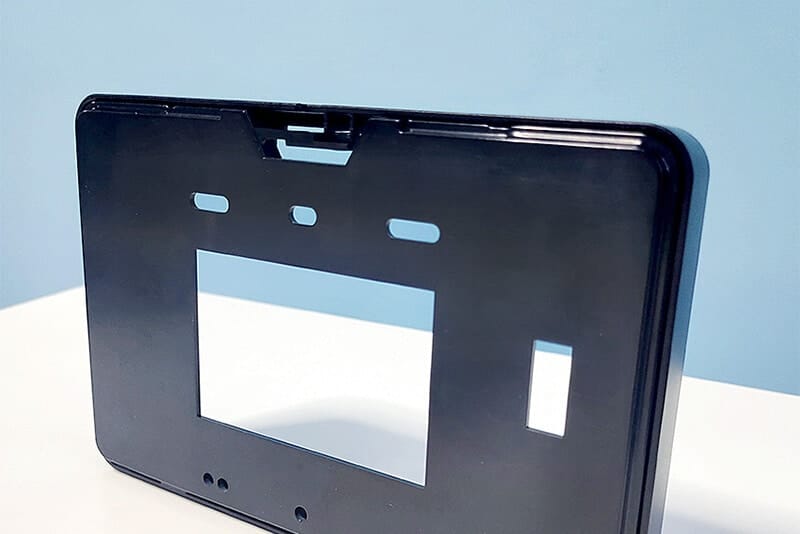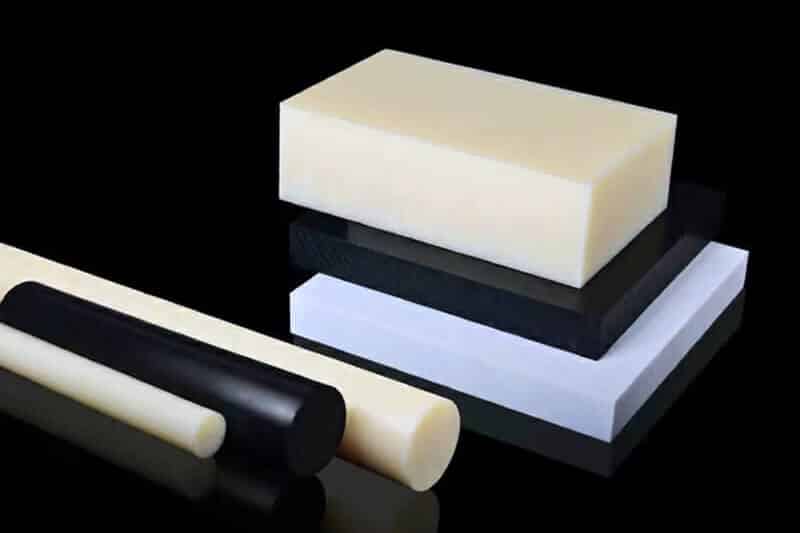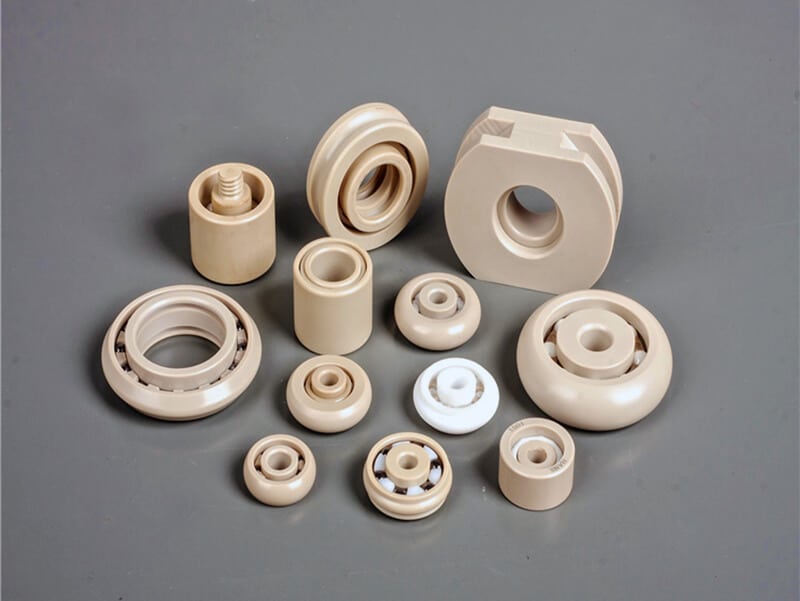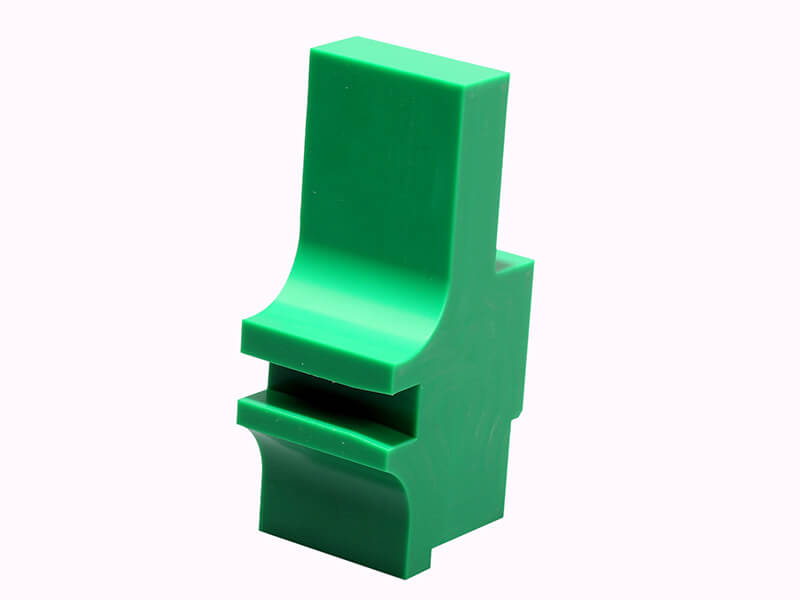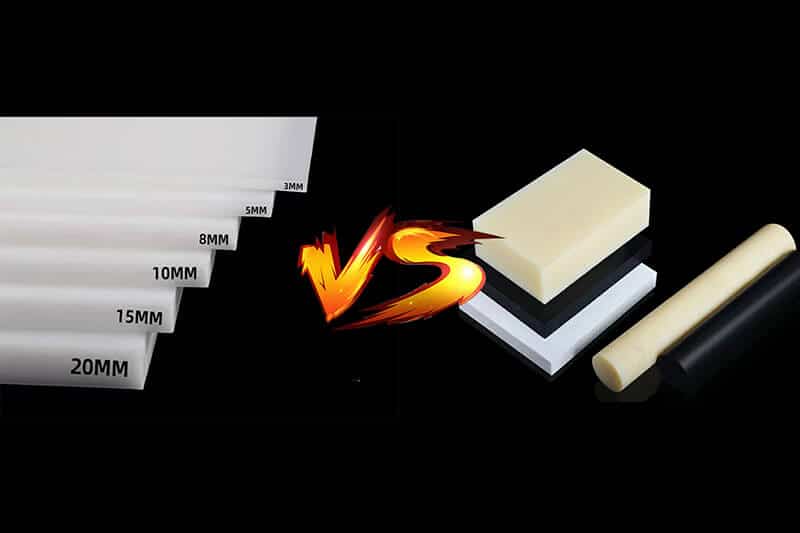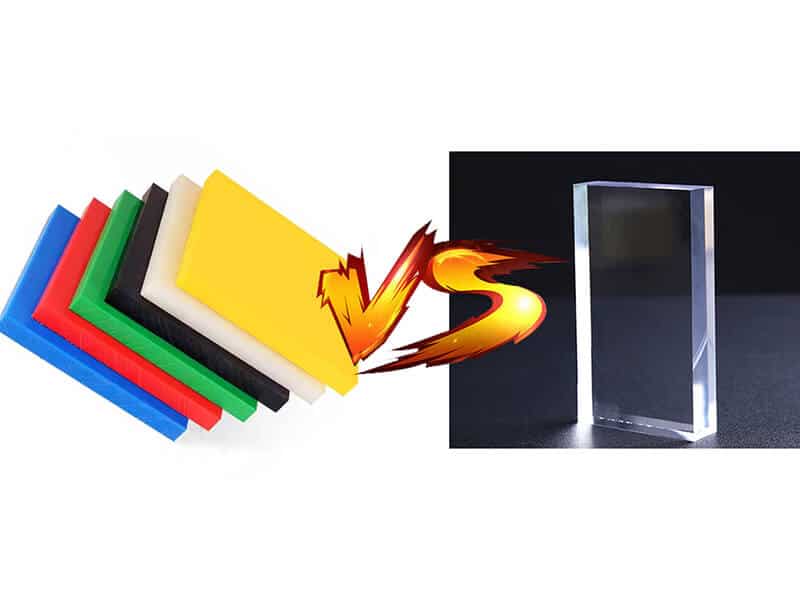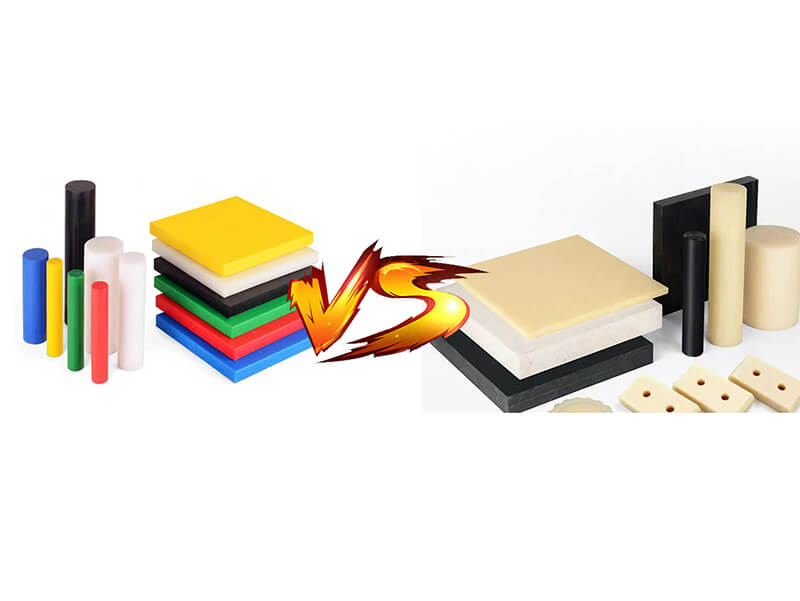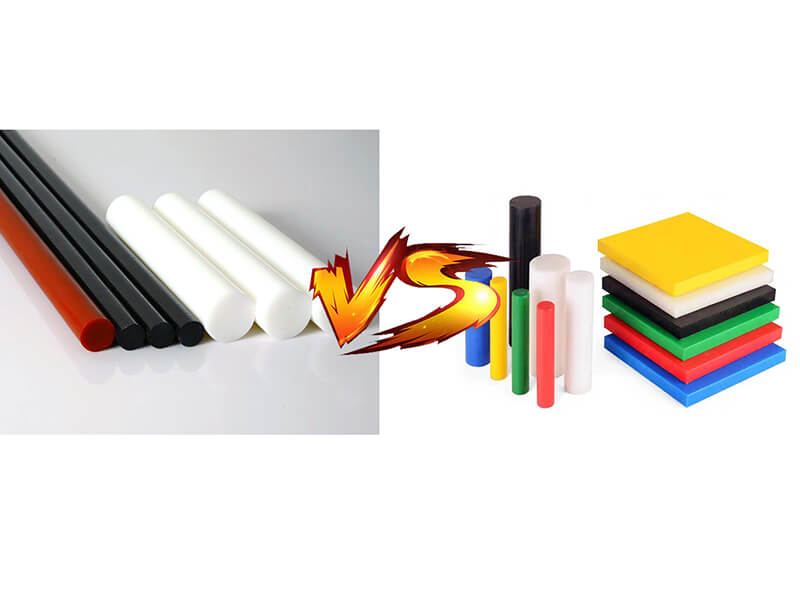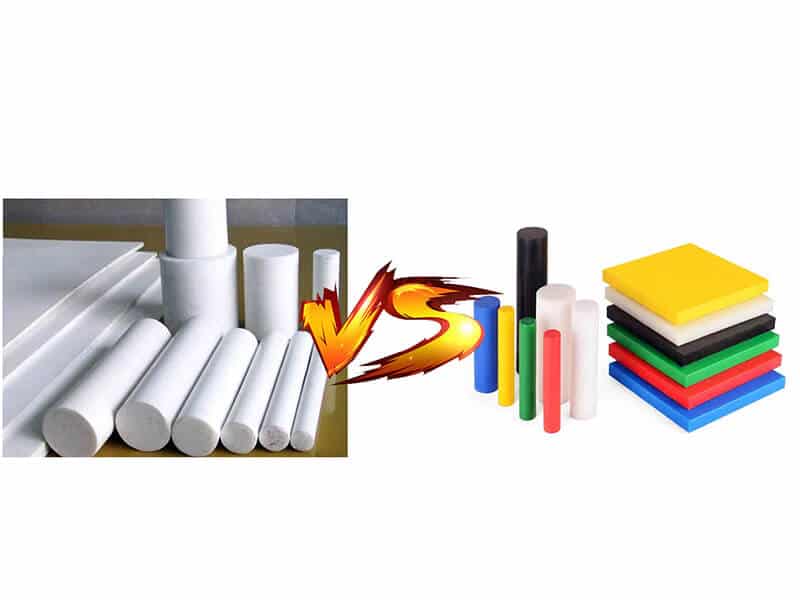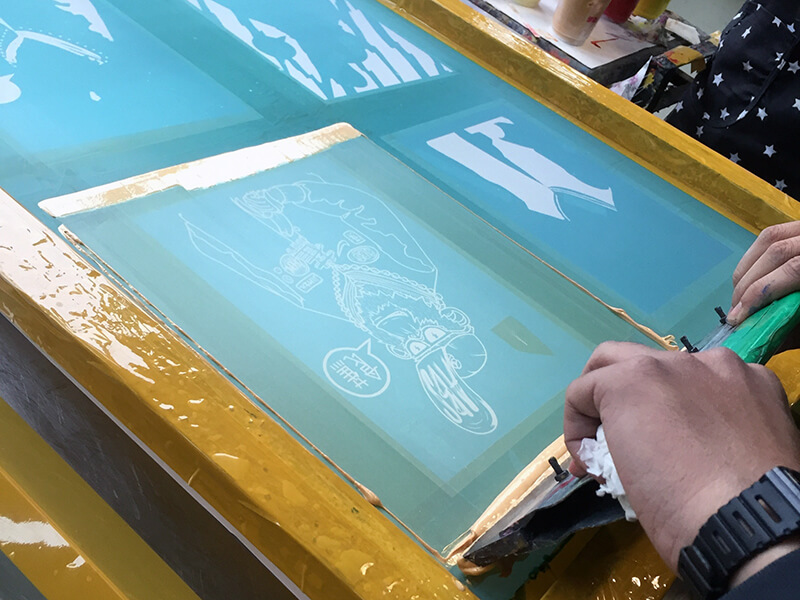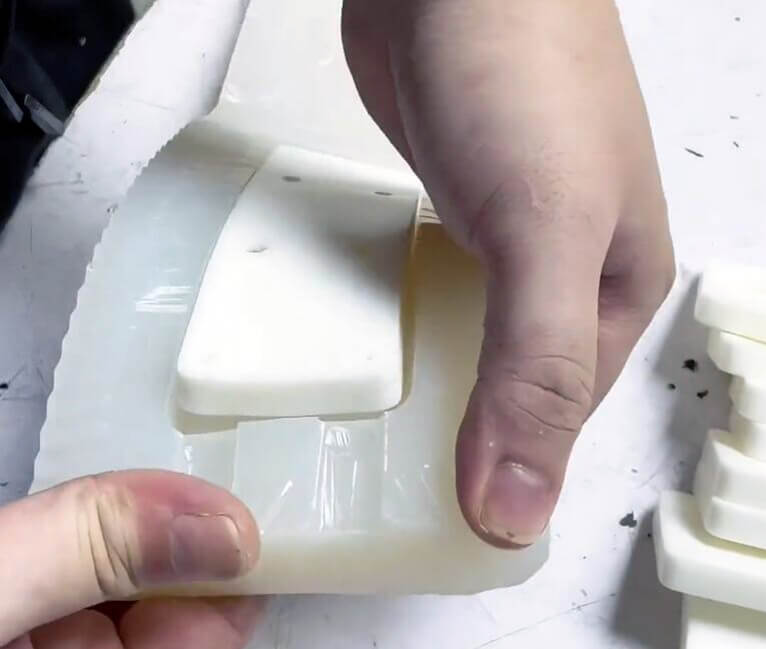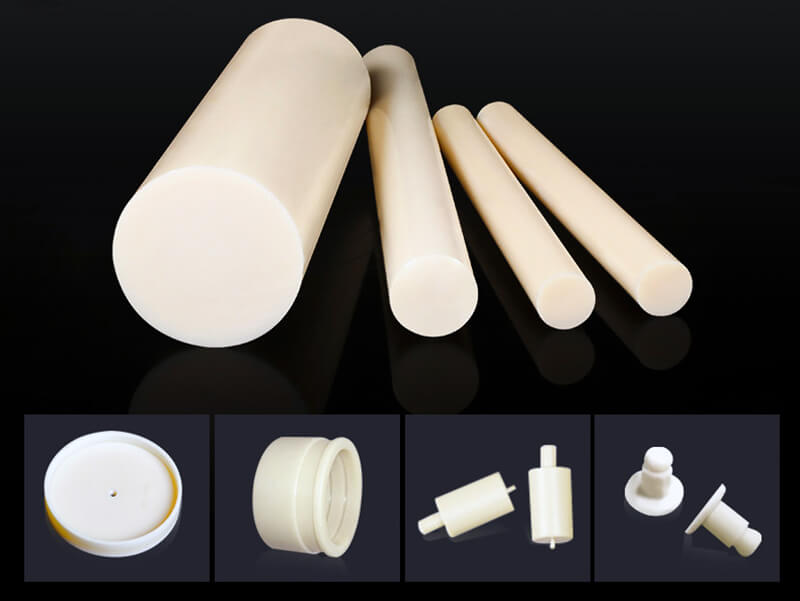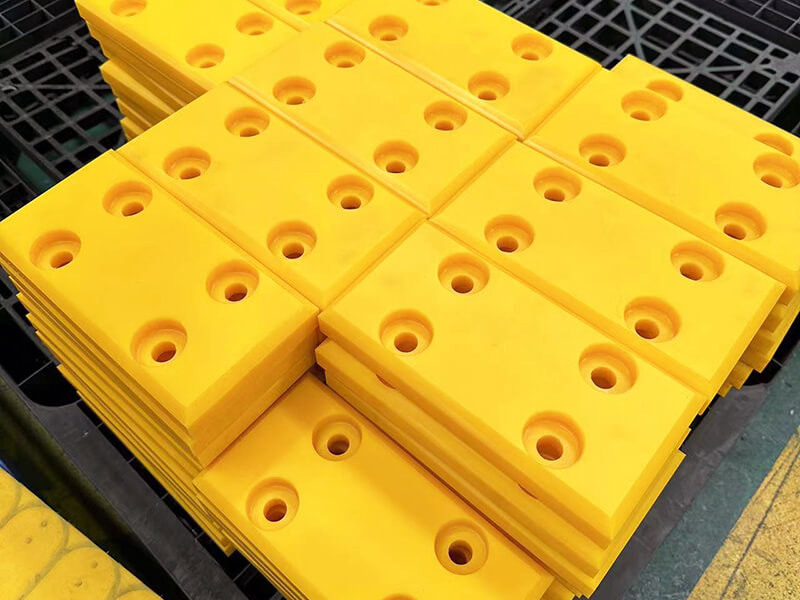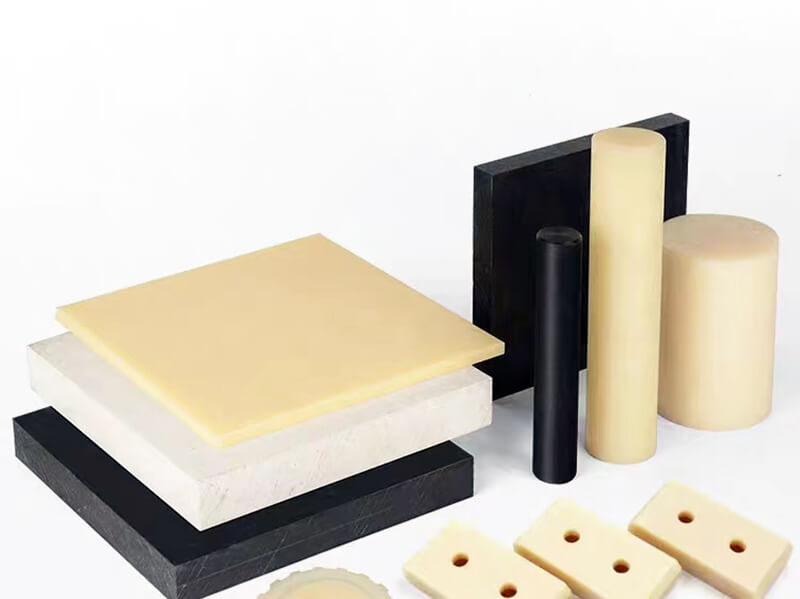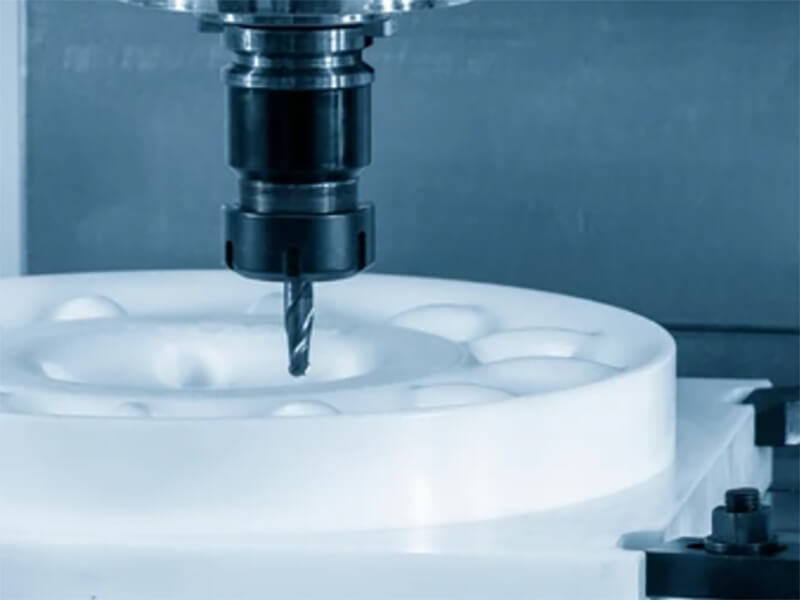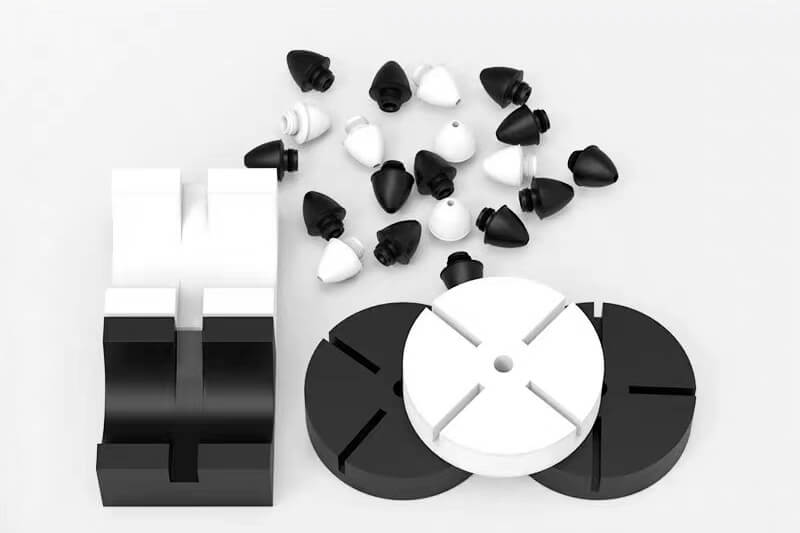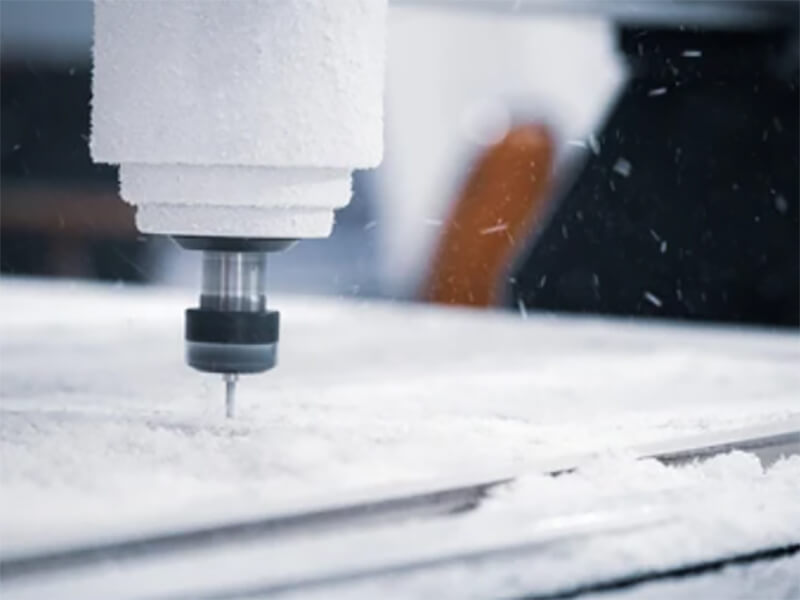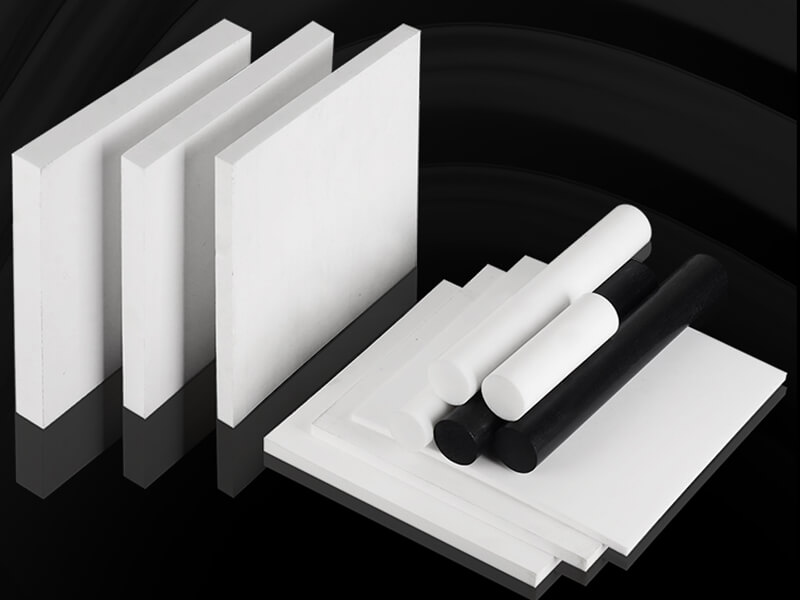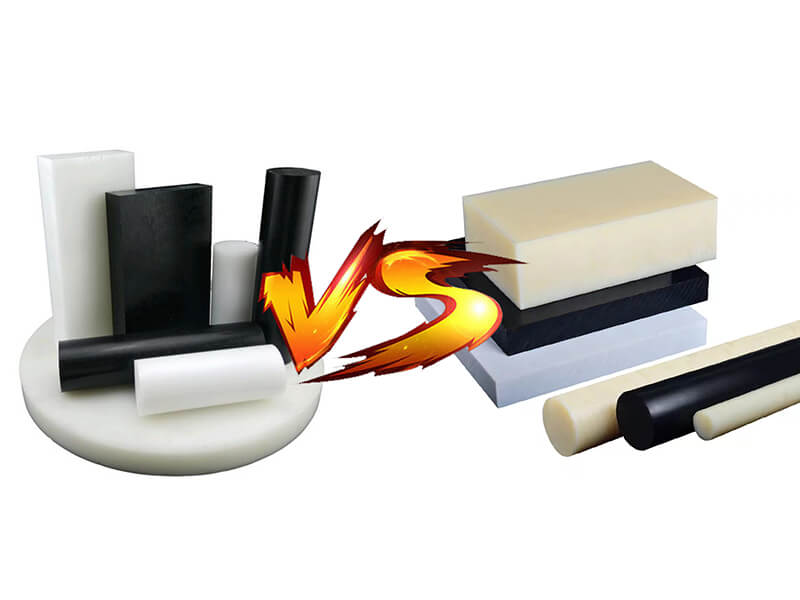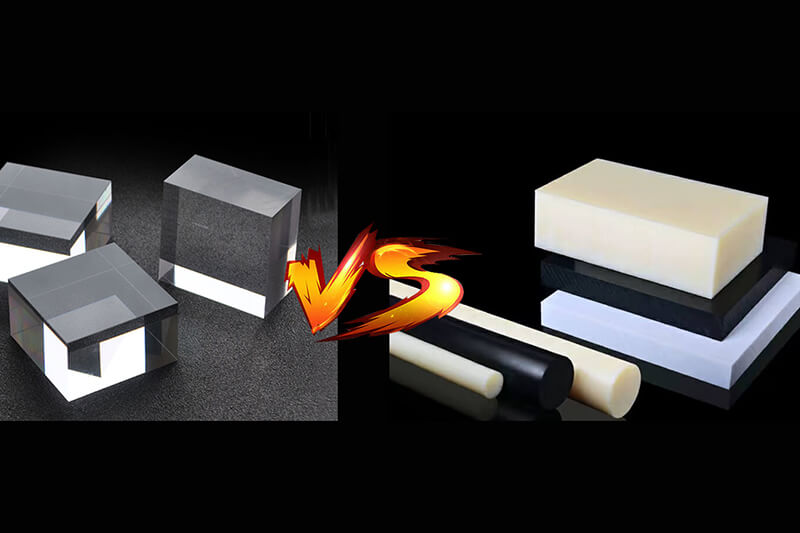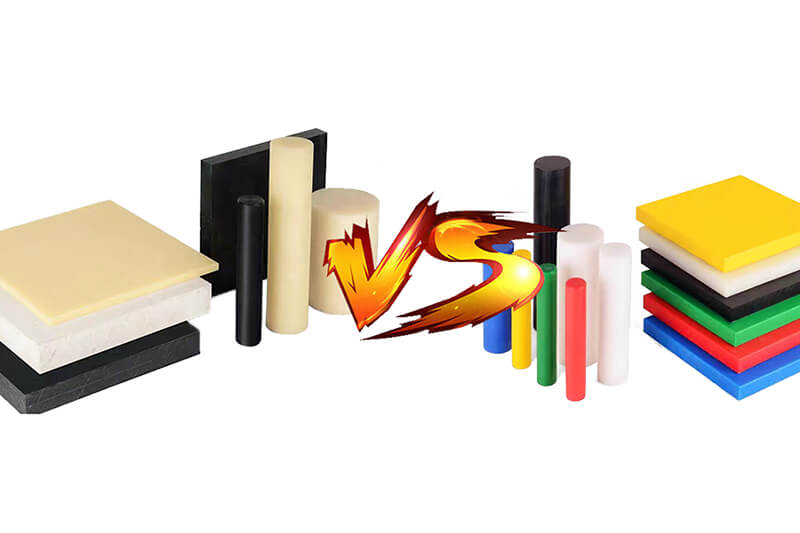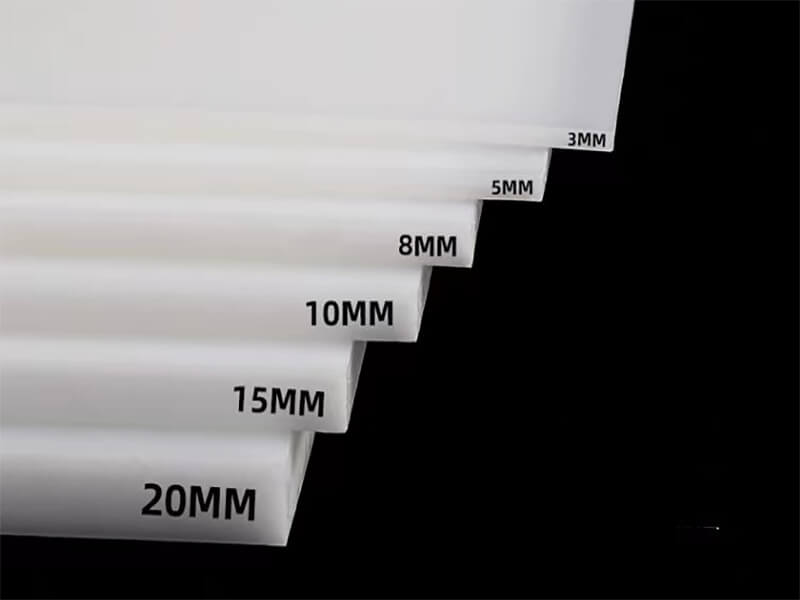Acetal Vs. Polypropylene_Exploring the Difference
Acetal or Polypropylene? Discover the divergent properties, uses, and benefits of these versatile materials.

Acetal and Polypropylene, two distinct materials, find widespread use in various applications. Acetal, aka POM, is solid and rigid, with 1.41-1.45 g/cm density, melting at 165-175°C. Unlike acetal, polypropylene has 0.90-0.91 g/cm density, melting at 130-171°C. Also, it can resist impacts, wear, and chemicals. Polypropylene is light & flexible. It can handle heat, moisture, and chemicals too.
Today, we’ll talk in detail about how they differ from each other and what they are widely used for. In addition, we’ll shed light on how acetal and polypropylene are used in our daily lives and their unique properties of acetal and polypropylene.
Acetal Plastic: Everything you need to know
Acetal Plastic is basically made from something called formaldehyde. Acetal can handle bumps, chemicals, and friction, so it’s great for smooth things that move just right!
It provides high tensile strength and low friction. Acetal is commonly used in applications including gears, bearings, automotive components, and consumable multi lumeric materials.
Common Characteristics of Acetal
There are a lot of cool features to Acetal:
Common Applications of Acetal
A variety of things can be made from acetal, including:
Advantages of Acetal Plastic
In terms of materials, Acetal is unique. Here are 4 major benefits of using Acetal.
Disadvantages of Acetal Plastic
Check out the acetal disadvantage here,
Polypropylene Plastic: Everything you need to know
Polypropylene Plastic or PP plastic is used in various applications. Polypropylene (PP) is a versatile thermoplastic known for its high chemical resistance. It is commonly used in packaging, textiles, automotive components and medical devices. It’s made from a gas called propylene, found in oil. Polypropylene belongs to special plastics that are not greasy & can become challenging when cooled.
Common Characteristics of Polypropylene:
Here are the top 5 common characteristics of polypropylene materials:
Common Applications of Polypropylene:
Here are some cool stuff made from polypropylene:
Advantages of Polypropylene Plastic
Here are some polypropylene Benefits:
Disadvantages of Polypropylene Plastic
Here are some of the polypropylene cons:
Comparison Between Acetal Vs. Polypropylene
| Type | Acetal | Polypropylene |
|---|---|---|
| Description | Acetal is tough, rigid, wear-resistant plastic, enduring chemicals well. | Polypropylene is light, flexible plastic, heat & chemical resistant. |
| Ingredients used to make this | Acetal forms formaldehyde through the polymerization process. | The polymerization produces polypropylene of propylene. |
| Applications | Acetal is used for gears, bearings, electrical components, and automotive parts. | Polypropylene is utilized in packaging, autos, medical, and consumer goods. |
| Characteristics | Acetal is strong, stiff, and abrasion-resistant with low friction. It maintains dimensional stability. | Polypropylene is lightweight and impact-resistant, with low friction, heat, and chemical resistance. |
| Melting Point | Acetal surpasses polypropylene in melting point and heat deflection. Its water absorption is lower too. | Polypropylene costs less, recycles more, and elongates better than acetal. |
| Polypropylene is light, flexible plastic, heat & chemical-resistant. | Acetal may degrade by UV light or strong acids unless stabilized with additives. It also may emit formaldehyde gas when heated or burned. | Polypropylene may deform or creep under stress or high temperatures unless reinforced with fillers or fibers. It also may oxidize or degrade by UV light unless stabilized with additives. |
Final Thoughts
Acetal is strong and stiff, and chemically resistant. You can find it in machines, tools, and toys. It isn’t suitable for hot, light, or water.
Polypropylene, made from propylene gas, is light, tough against chemicals, and can take heat. It’s used in packaging, cars, clothes, and toys. It can be recycled & stays in shape, but it doesn’t prefer too much sunlight or certain chemicals.
Choosing Acetal or Polypropylene depends on what you need. For solid & challenging stuff, Acetal is excellent. Choose Polypropylene for heat & light-resistant items; consider their superpowers!
If you don’t know which to choose for your project, please get in touch with UVTECO. As an expert in material and machining solutions, UVTECO is a trustworthy supplier of Acetal or Polypropylene plastic from China, and we will help you choose the right material for your projects.
FAQ About Acetal Vs. Polypropylene
Related Blogs

Looking for a trustworthy Supplier
Need a Trustworthy Supplier of Plastic, Foam, Sponge, Rubber, Metal, and Machining Solution. Click the Button, We Will Be In Touch With You As Quickly As Possible.
